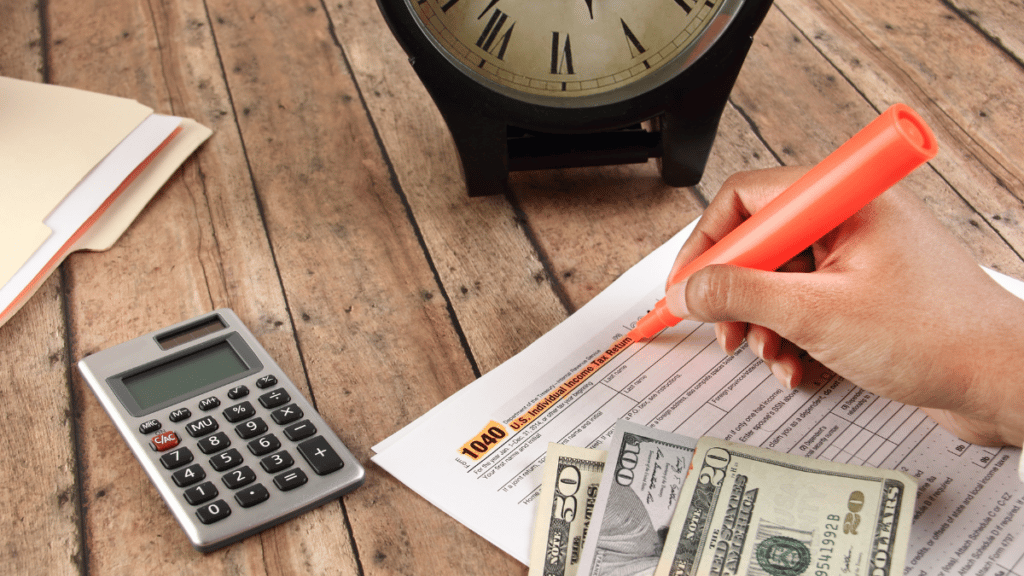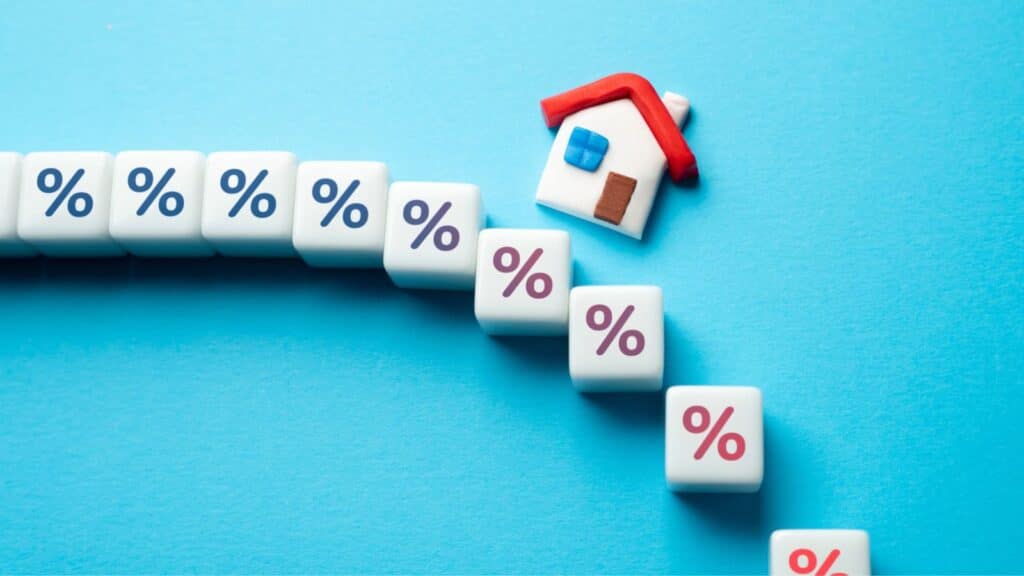Renters often pay close attention to the monthly price, but that’s only part of the cost. Extra fees and behind-the-scenes expenses play a big role in raising rent. Here are ten hidden factors that help explain why prices keep climbing.
Rising Property Taxes

Landlords pass property tax increases directly onto tenants through higher rents. As home values rise, so do tax bills, leaving renters footing the difference. Even small annual hikes add up over time. In many cities, property taxes are one of the biggest drivers of rising rent.
💸 Take Back Control of Your Finances in 2025 💸
Get Instant Access to our free mini course
5 DAYS TO A BETTER BUDGET
Expensive Insurance Premiums

Landlords carry insurance on rental properties, and premiums are climbing quickly. Natural disasters, inflation, and costly repairs are driving rates higher nationwide. These added expenses get built into the rent. Tenants may not see the bill, but they feel it every month. The Insurance Information Institute notes that average homeowner insurance premiums have risen significantly in the last decade.
Costly Maintenance and Repairs

Routine upkeep like plumbing, roofing, and electrical work is pricier than ever. When landlords pay more for repairs, they adjust rent to cover it. Even preventive maintenance, like HVAC servicing or pest control, gets factored into leases. The rising cost of building materials and labor makes it worse. Renters pay the hidden price of keeping properties in working order.
Utilities Folded Into Rent

Some landlords include water, heat, or trash services in rent. While it seems convenient, those costs usually rise each year. Instead of absorbing the increases, landlords simply raise rent. Tenants end up paying more without realizing utilities are behind it. Bundled utilities create another layer of hidden rent hikes.
HOA Fees and Community Costs
Properties in managed communities often face homeowners association (HOA) dues. These fees cover landscaping, amenities, and repairs, but landlords roll them into rent. Special assessments for big projects can raise costs even further. Renters rarely know how much these fees influence their monthly bill. HOA costs are a quiet but steady pressure on rent.
Rising Mortgage Payments for Landlords

Landlords with variable-rate mortgages often face higher payments when interest rates climb. To cover the difference, they raise tenant rents. Even if the property is profitable long term, short-term increases ripple down to renters. The recent surge in interest rates has made this issue more common. Renters end up shouldering higher financing costs indirectly.
Compliance and Regulation Costs

Landlords must meet safety, accessibility, and inspection requirements. Upgrades to meet new codes like fire alarms, elevators, or accessibility improvements, aren’t free. Those costs often get passed to tenants through rent adjustments. While important for safety, regulations add to housing expenses. Renters rarely connect these hidden upgrades to rising bills.
Inflation Across Essential Services

From cleaning crews to landscaping, all the vendors landlords hire are charging more. These costs, though small individually, add up across an entire building or community. Instead of absorbing them, landlords increase rent. It’s inflation working through every part of the rental system. Tenants see only the final number without realizing how many small bills built it.
Vacancy and Turnover Costs

When a tenant leaves, landlords spend money on cleaning, marketing, and sometimes renovations. To make up for downtime and turnover costs, they often raise rent for the next tenant. High turnover in competitive markets keeps rents trending upward. Renters indirectly pay for the cost of constant changeovers. Stability is cheaper, but churn pushes prices higher.
Renovations and Upgrades

Landlords frequently renovate kitchens, bathrooms, or flooring to keep properties competitive. Even when upgrades aren’t necessary, they justify rent hikes. These costs get baked into new leases, regardless of whether tenants wanted the improvements. Renters often pay for aesthetics that primarily benefit landlords’ long-term property value. It’s another subtle way rents climb.
Costs You Can’t Control

Renters can’t control most of these hidden costs, but they can shop around, negotiate renewals, and ask landlords for itemized breakdowns of rent increases. Exploring housing in less competitive areas or seeking all-inclusive rents can help avoid surprise fees. Building savings for annual hikes also provides a cushion. While you can’t stop every increase, being proactive keeps you better prepared.
12 Lifestyle Shifts That Can Save You Thousands Annually

Saving money might feel hard, but small changes add up quickly. Adjusting daily habits can lower costs without giving up what you enjoy. It’s not about going without—it’s about making simple, smart choices that lead to real savings.
Read it Here: 12 Lifestyle Shifts That Can Save You Thousands Annually



